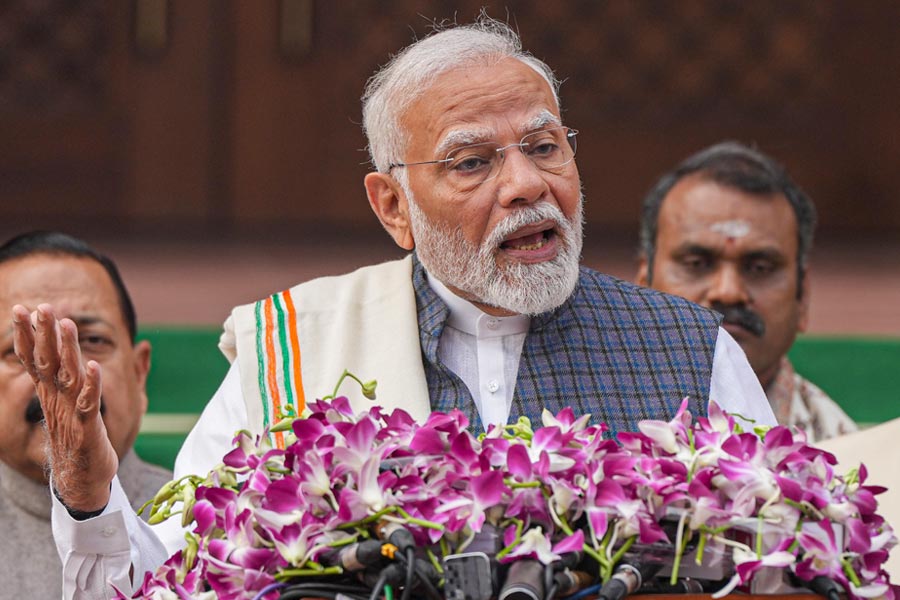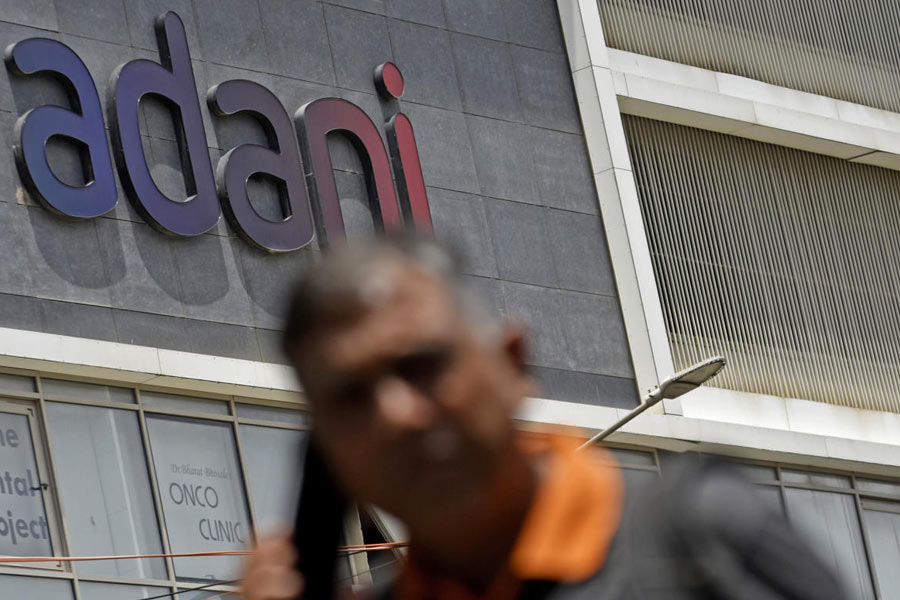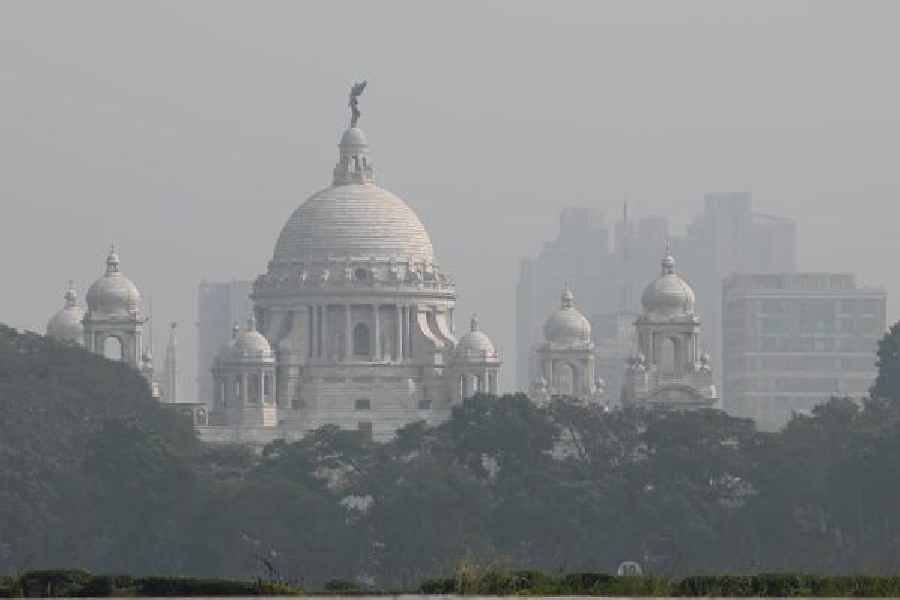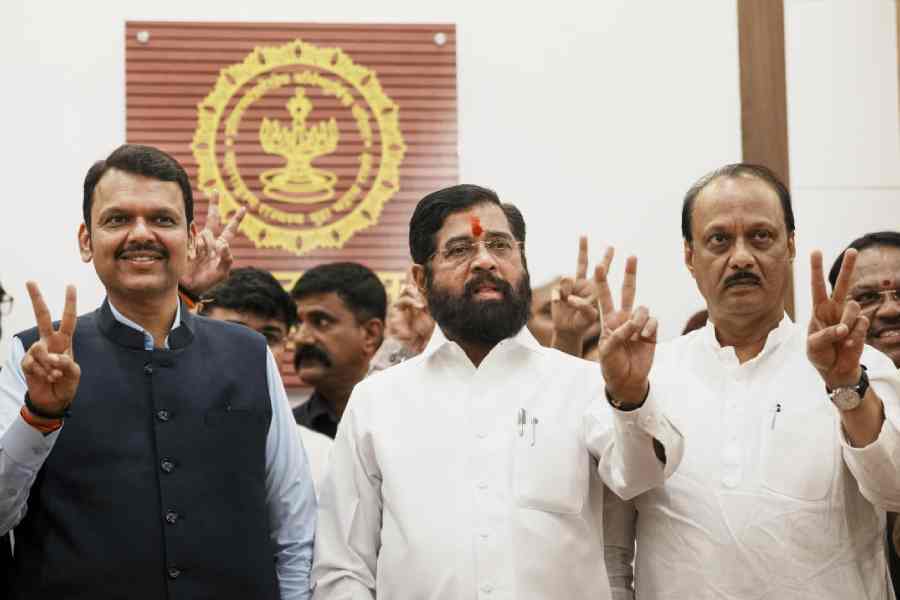A recent report on wages in India, titled The India Wage Report, published by the International Labour Organization, has revealed the inequality of wages and low levels of wage income. This has occurred in spite of impressive economic growth during the period, 1993-94 to 2011-12. Overall gross domestic product increased at an annual rate of 7 per cent which means GDP increased four-fold. However, the average real wage rate in India only doubled during the same time. Comparing rural and urban wages, the report found that rural wages have grown faster than urban wages even though the former still remain about half of the latter. In other words, the wage gap was reduced but remains very large. As far as the daily wage rate is concerned, the growth was higher in rural areas than in the urban regions. Also, casual workers' wage rate grew faster than the wage rate of regular workers. The report also found that the wages of women workers grew faster than those of male workers. Finally, wages in the unorganized sectors grew more rapidly than in the organized sectors. While these facts are encouraging news from the labour markets, the report has indicated that inequalities are strikingly high, pay levels are extremely low, and there is a lack of decent working conditions in many sectors. According to the report, in 2011-12, the average daily wage in India (all sectors combined) was Rs 247 while that of the casual worker was Rs 143. The average annual growth rate of all wages during the period studied was 3.7 per cent per annum.
For an economy that is one of the fastest growing in the world, the report points to a number of shortcomings over and above the failure to keep wage growth in tune with the growth in productivity. The first shortcoming is a peculiar failure of policymakers. The latest labour market data available for study were only up to 2011-12. The data were based on a survey conducted annually. The national Employment and Unemployment Survey was conducted for a number of years and was finally scheduled to be held in 2016-17 after a gap of five years. This was cancelled and the survey discontinued.
Labour market statistics reveal much more than just wage levels and inequalities. They reflect the urban-rural asymmetry in policy, gender and caste discriminations, the extent of the informal labour market and the strength (or otherwise) of the organized working class. Finally, the data would also reveal whether the minimum wages wherever applicable were actually implemented or not. It is quite evident that if India is serious about inclusive growth and the eradication of a variety of social and economic discriminations, it must focus on a wage policy that should be monitored regularly.










